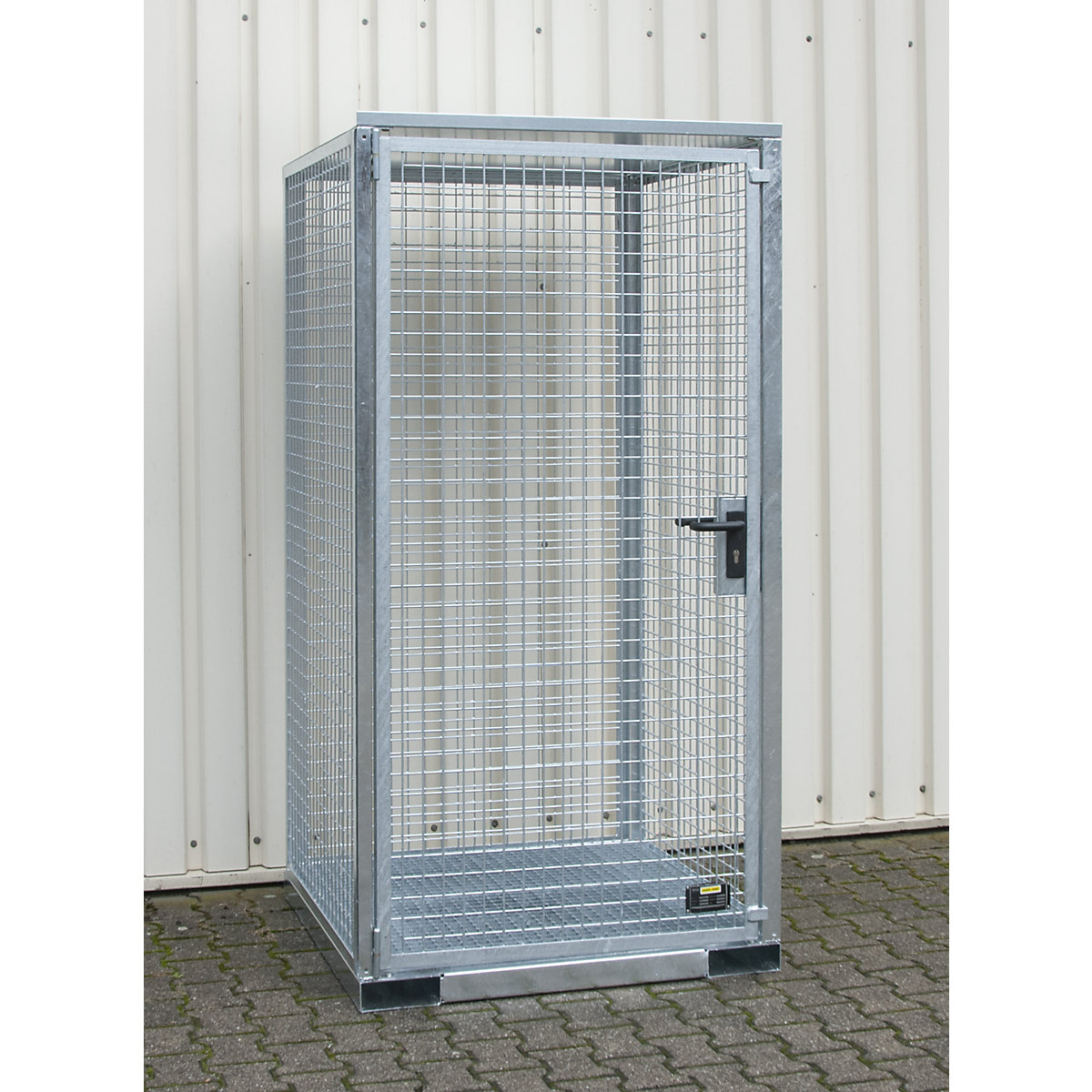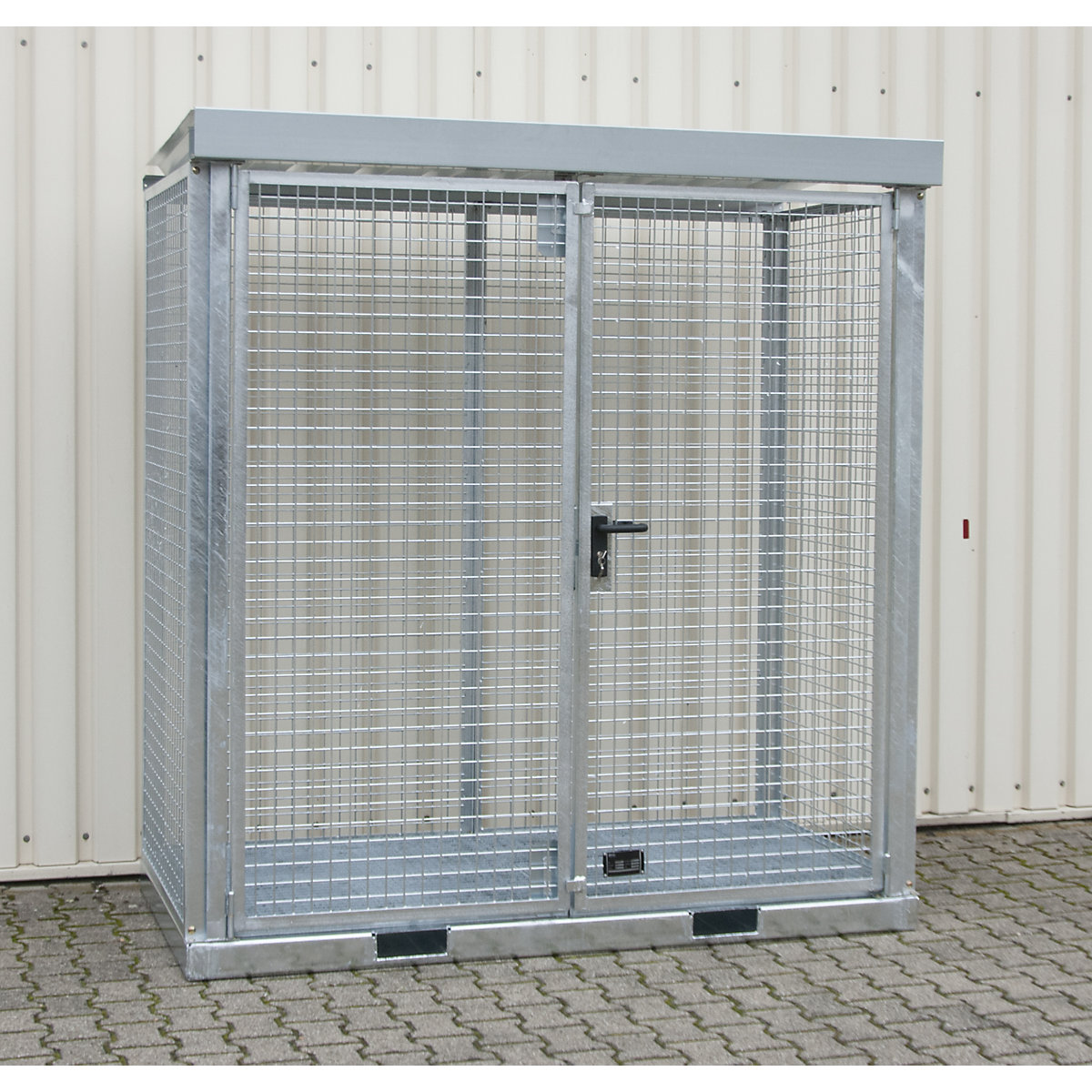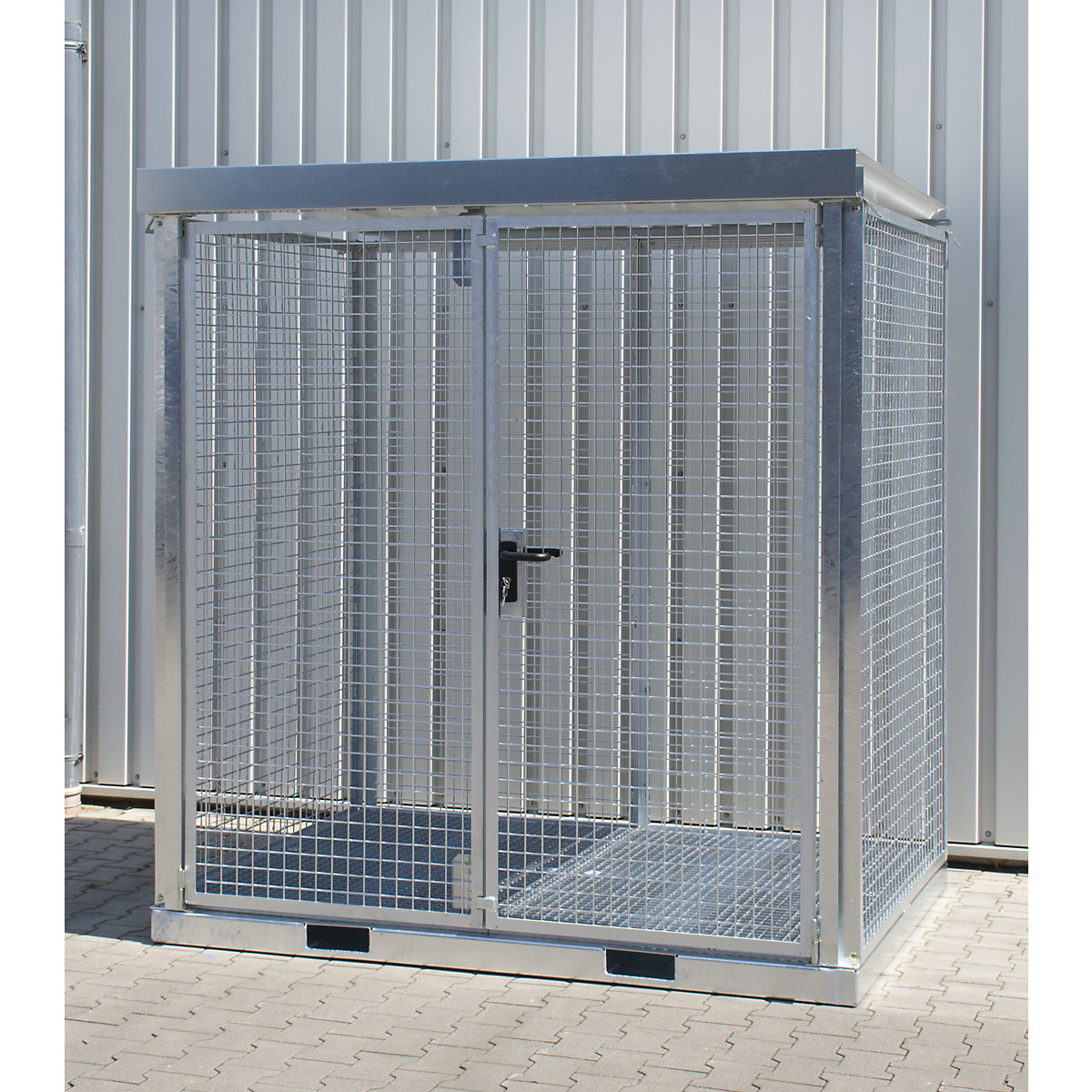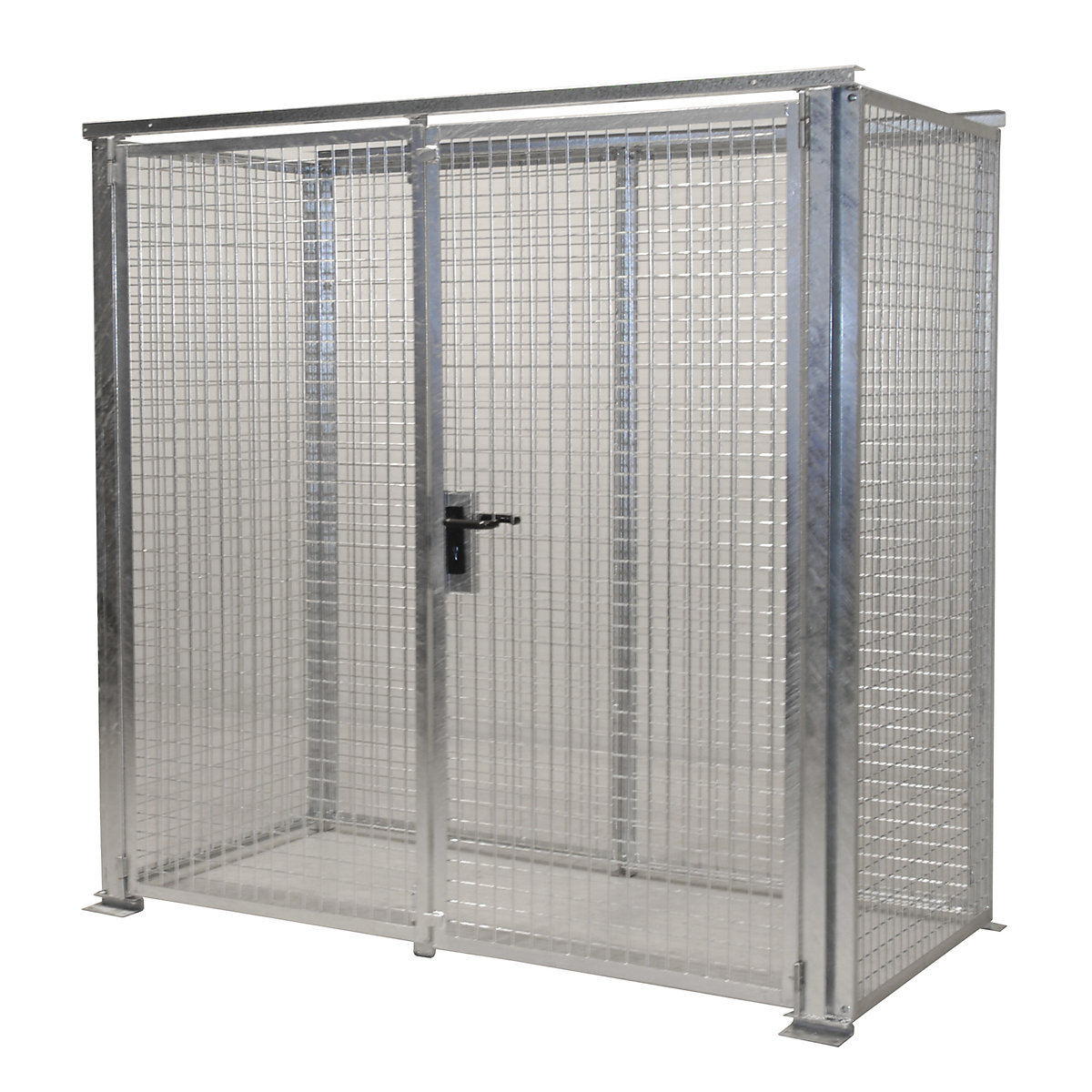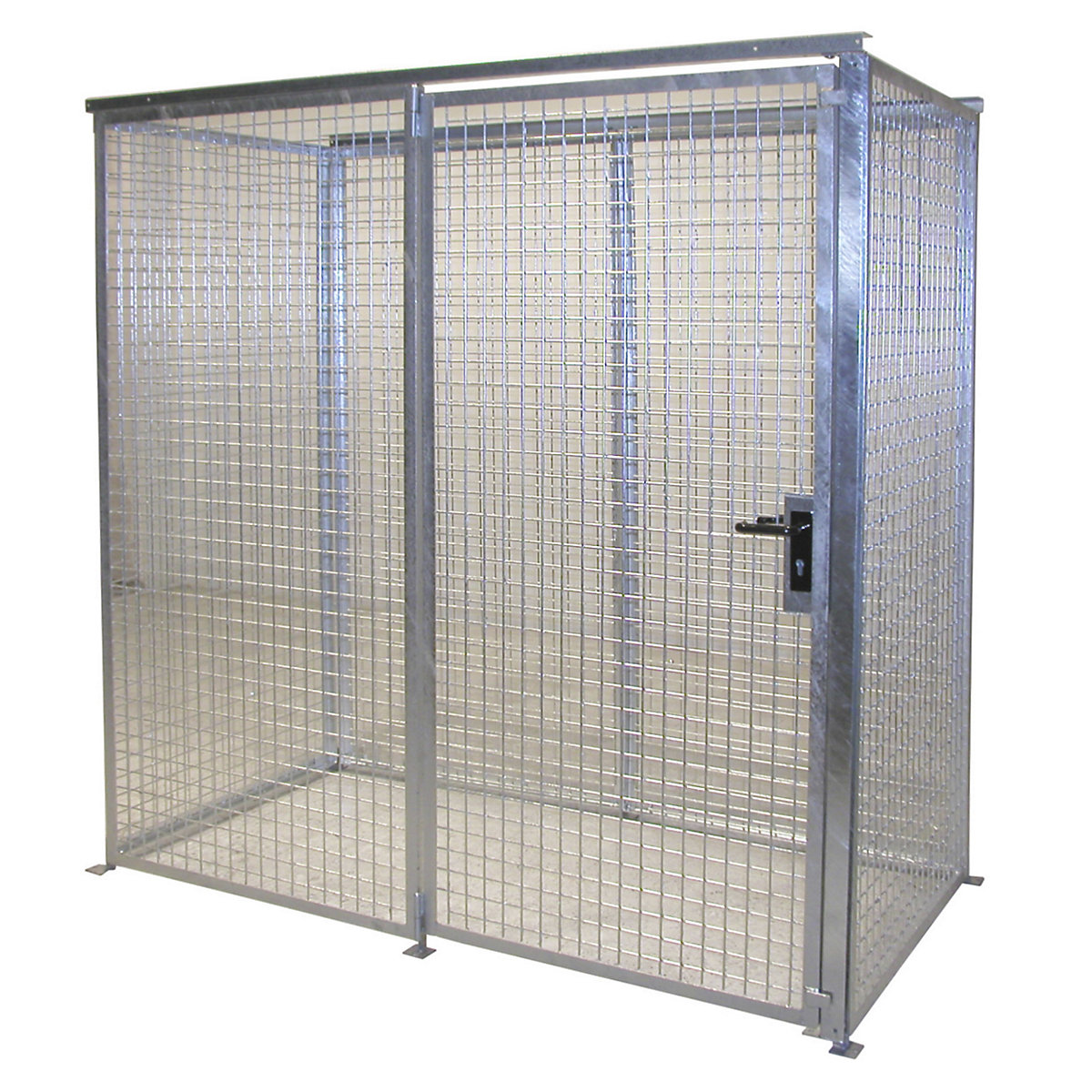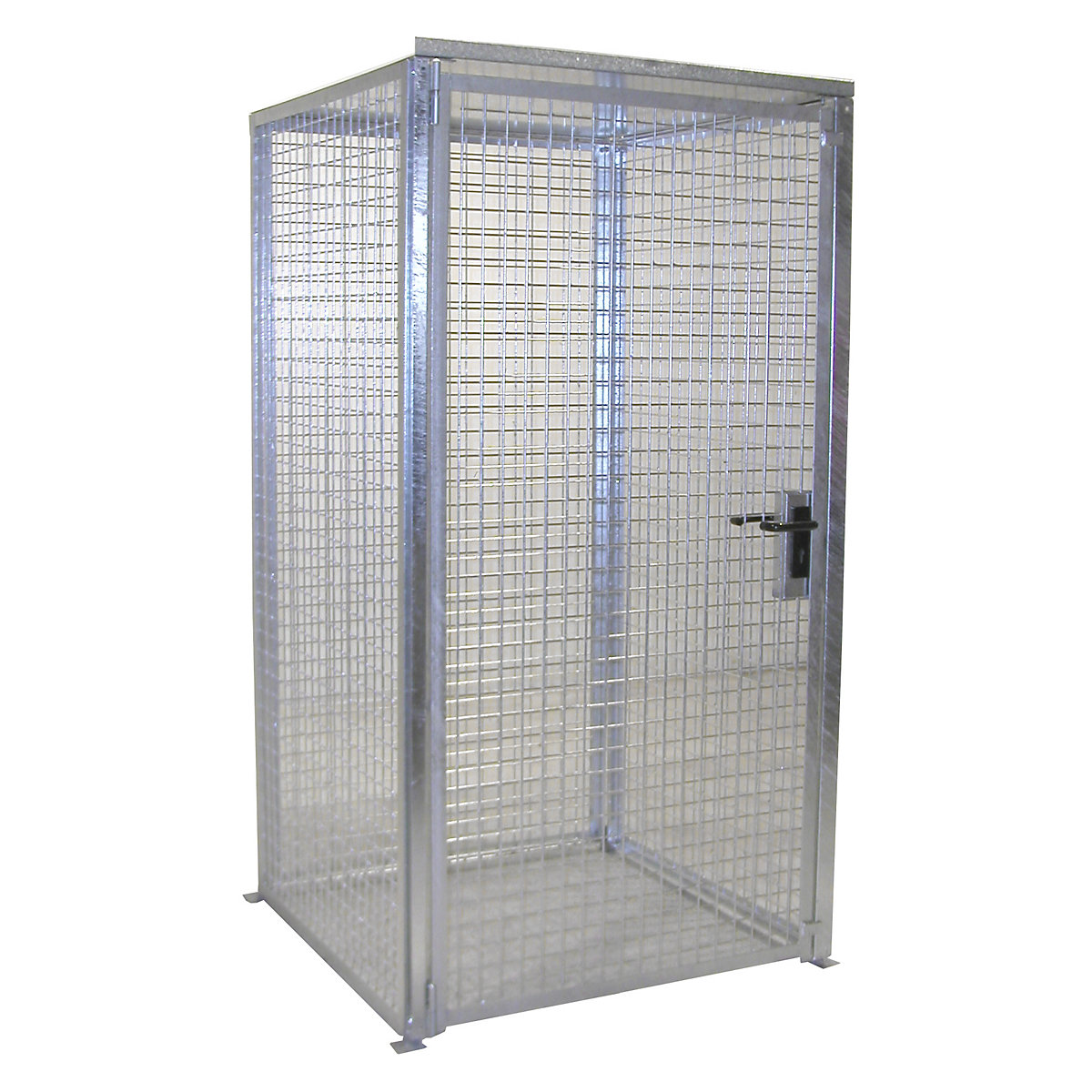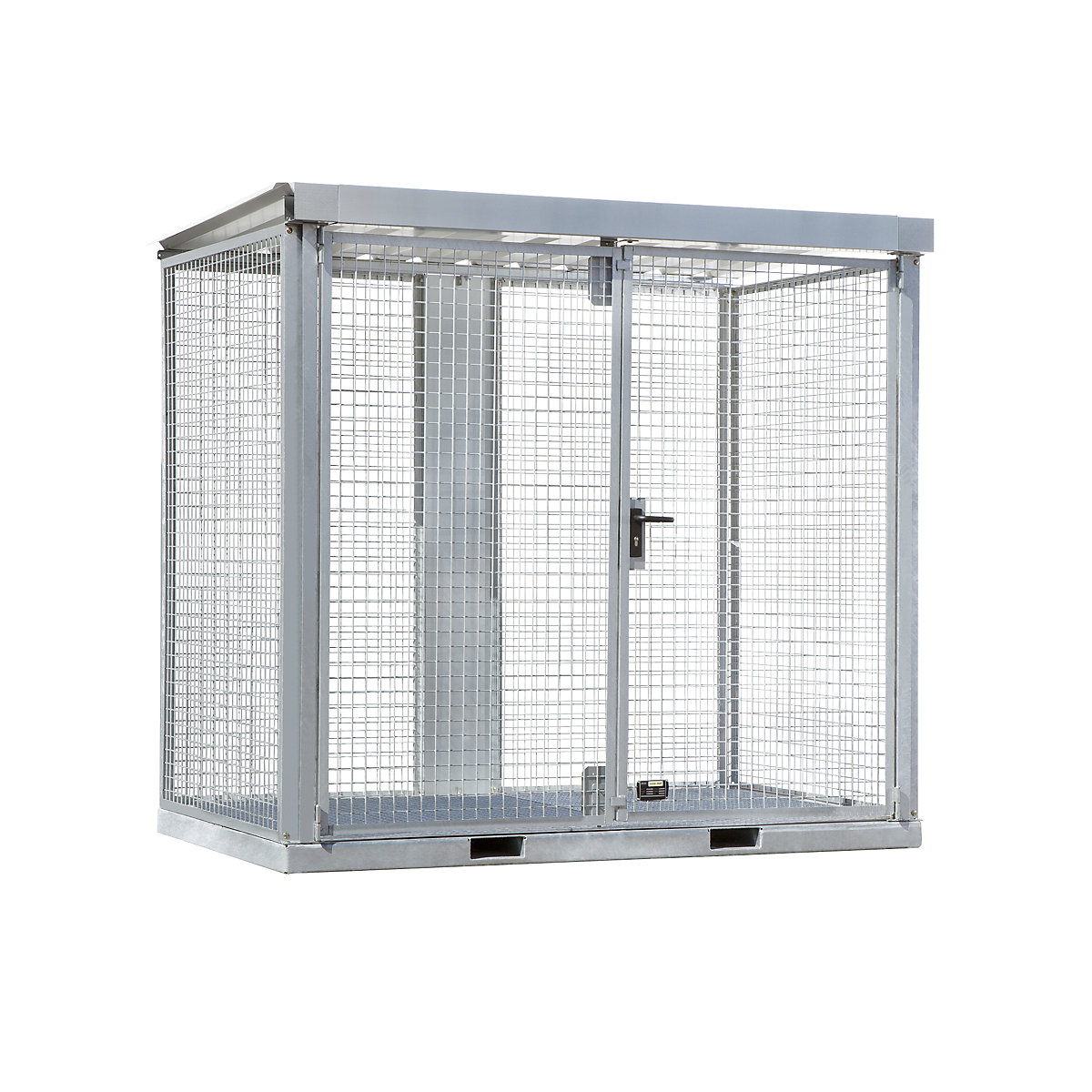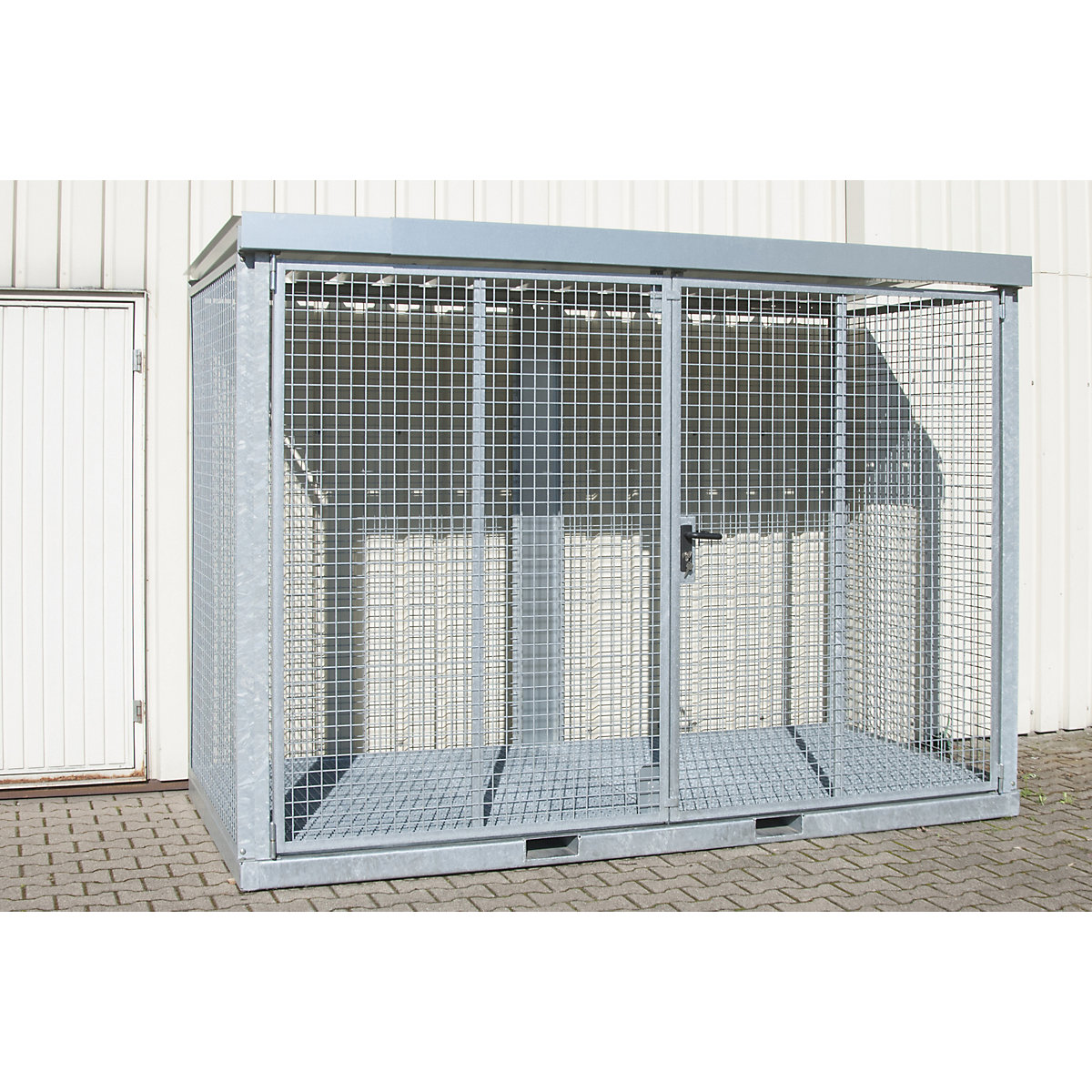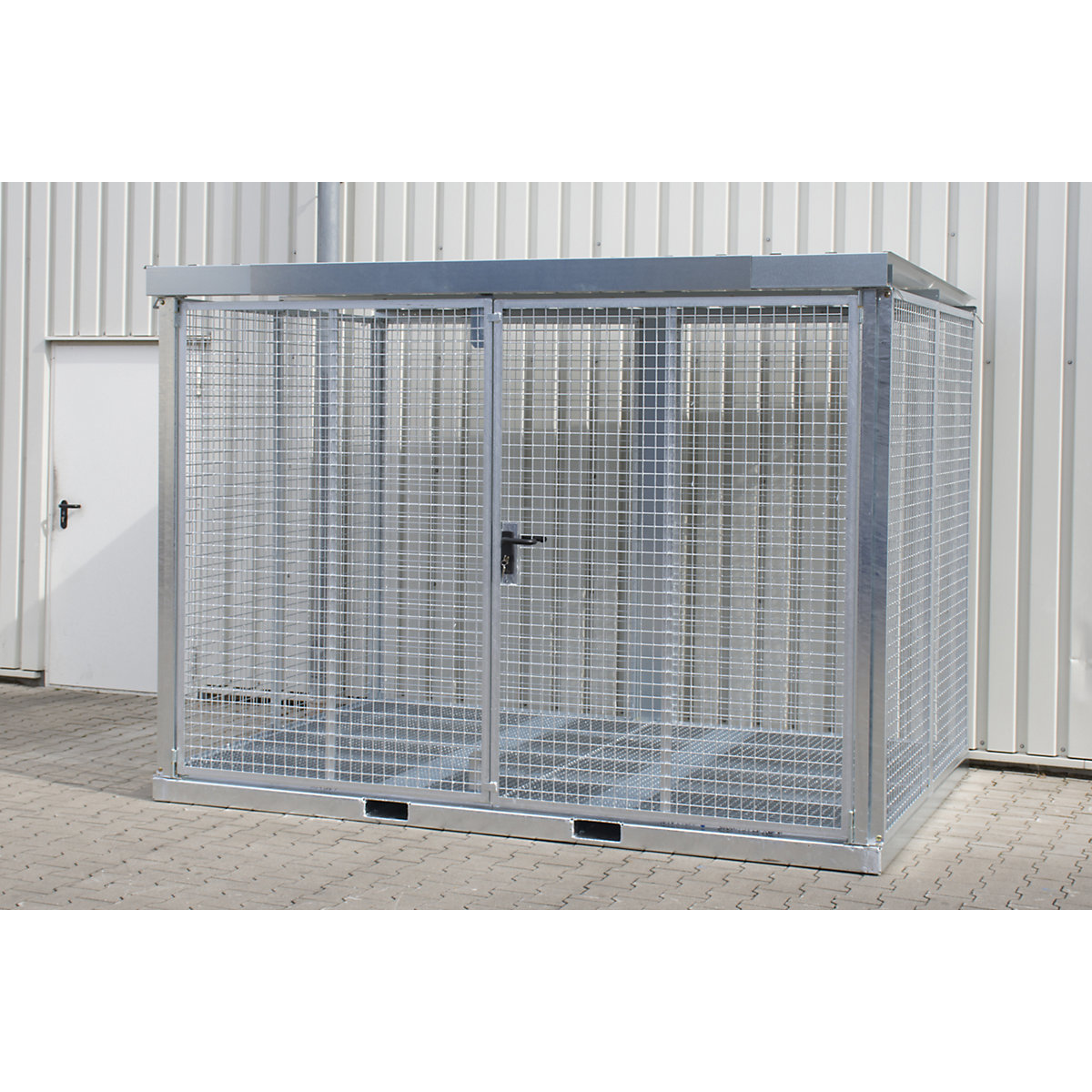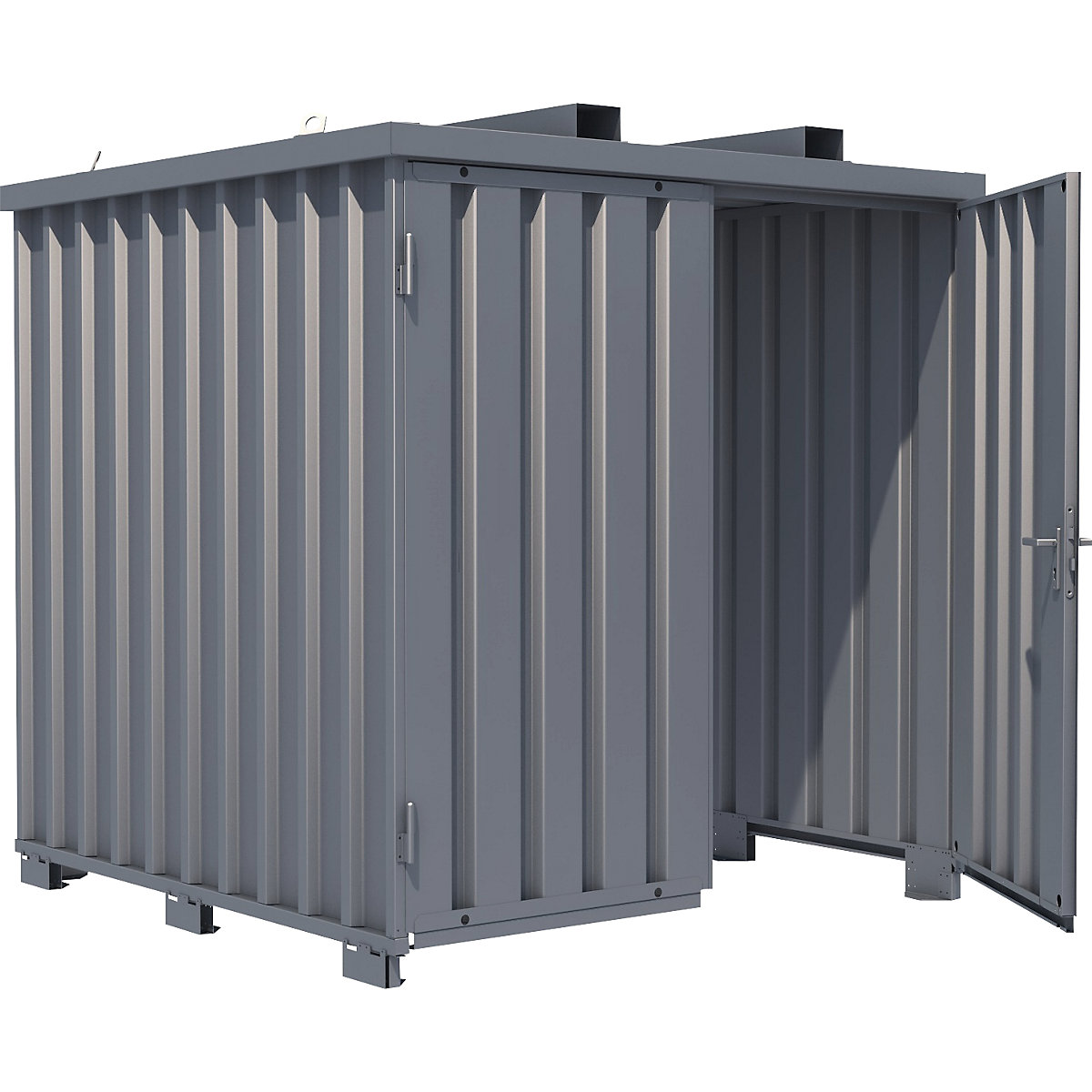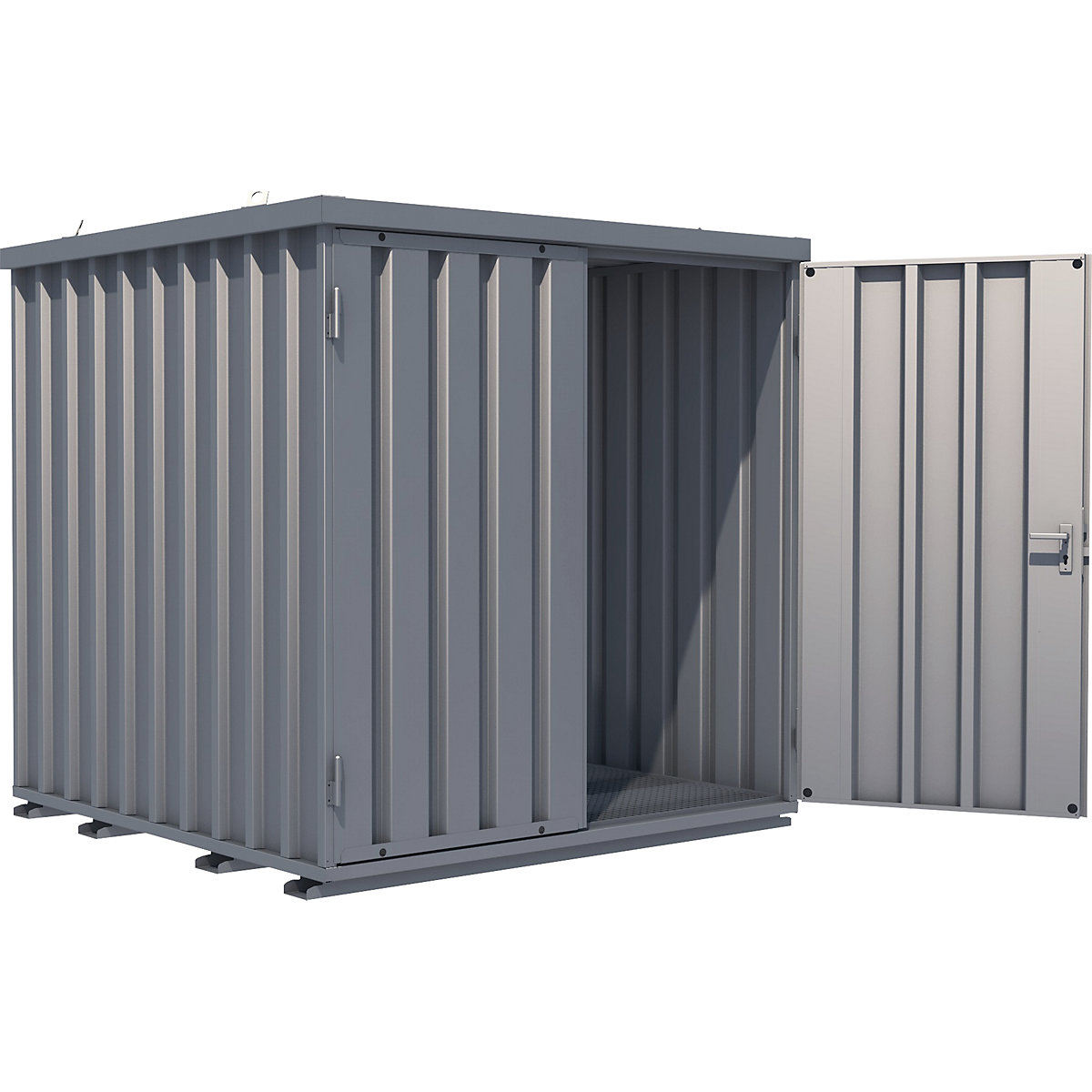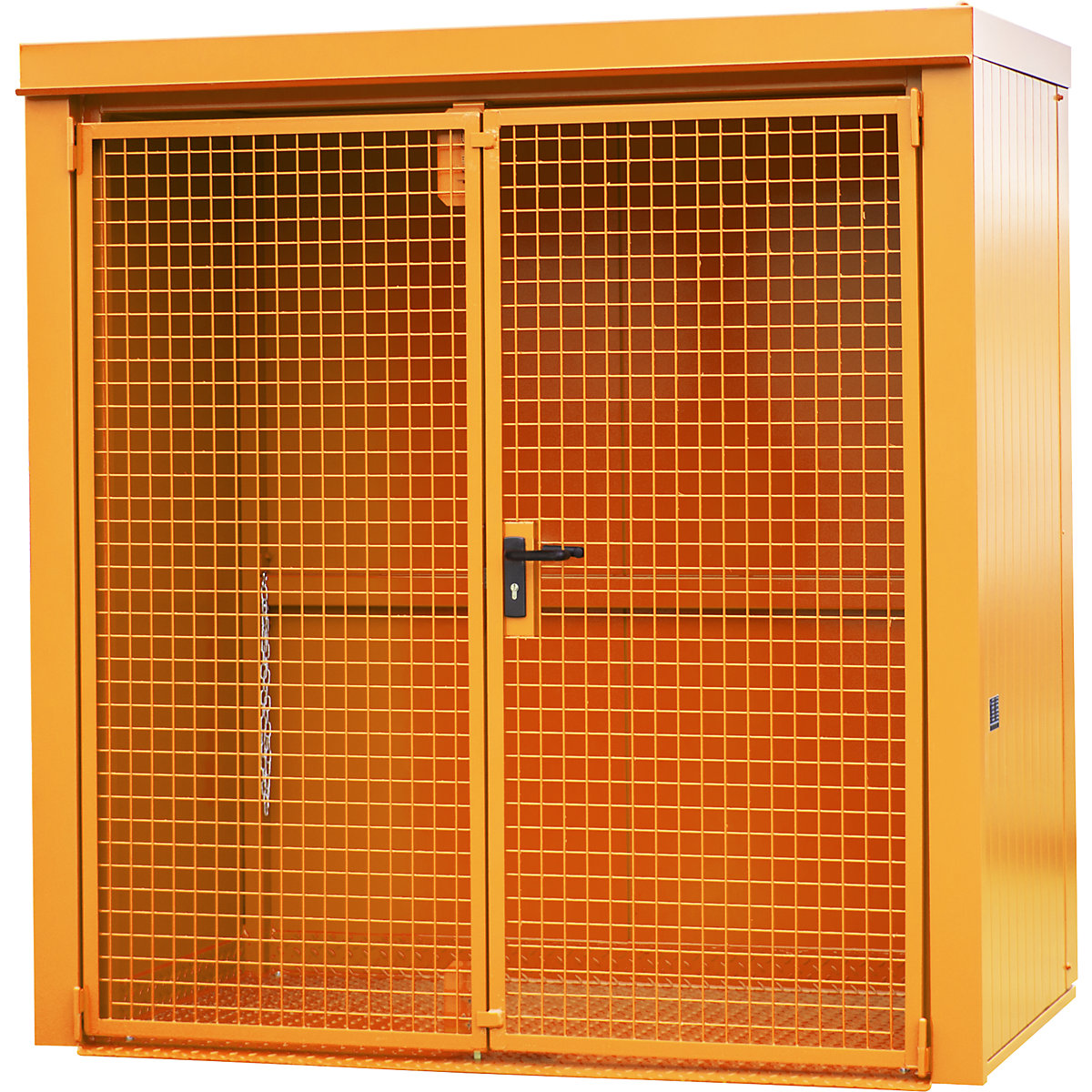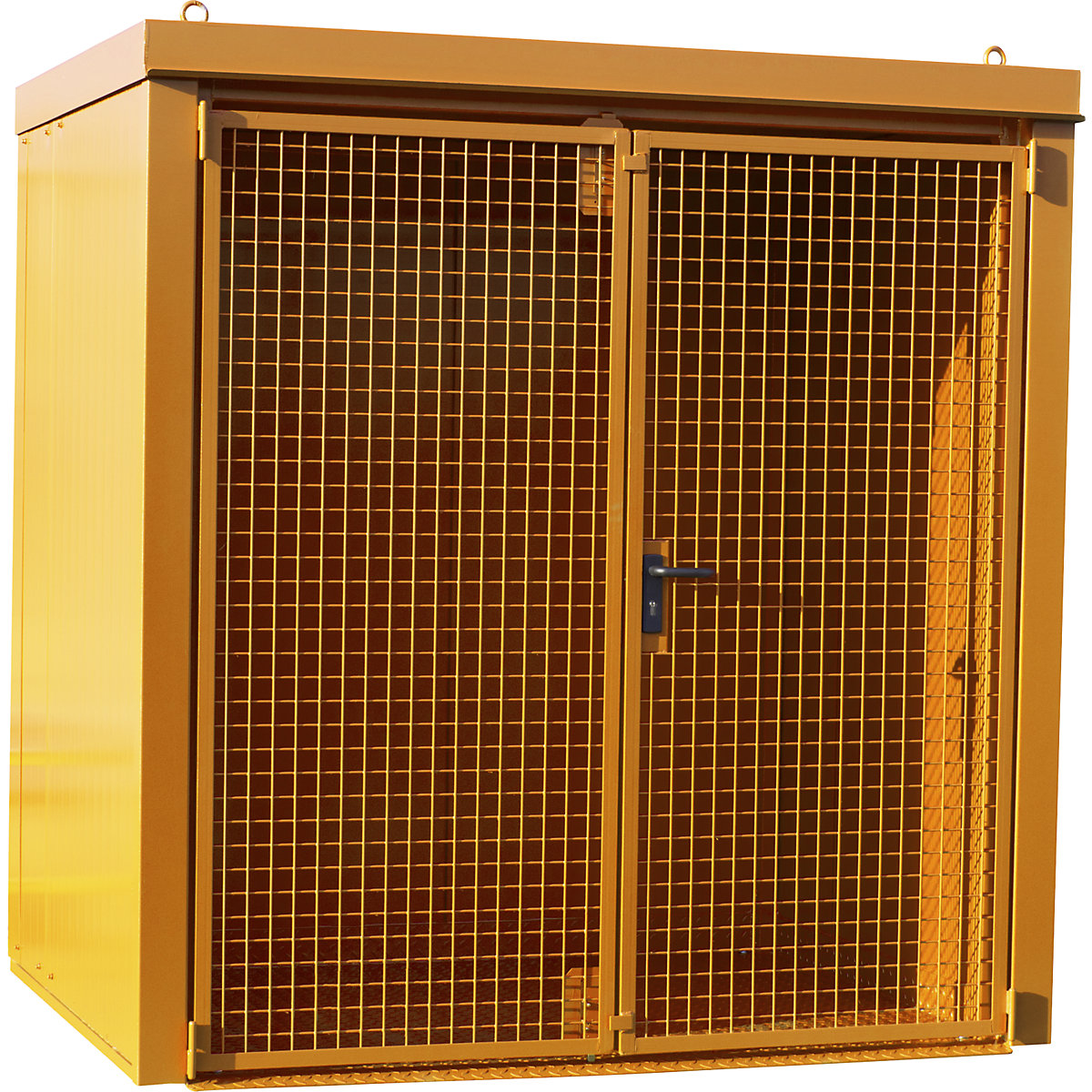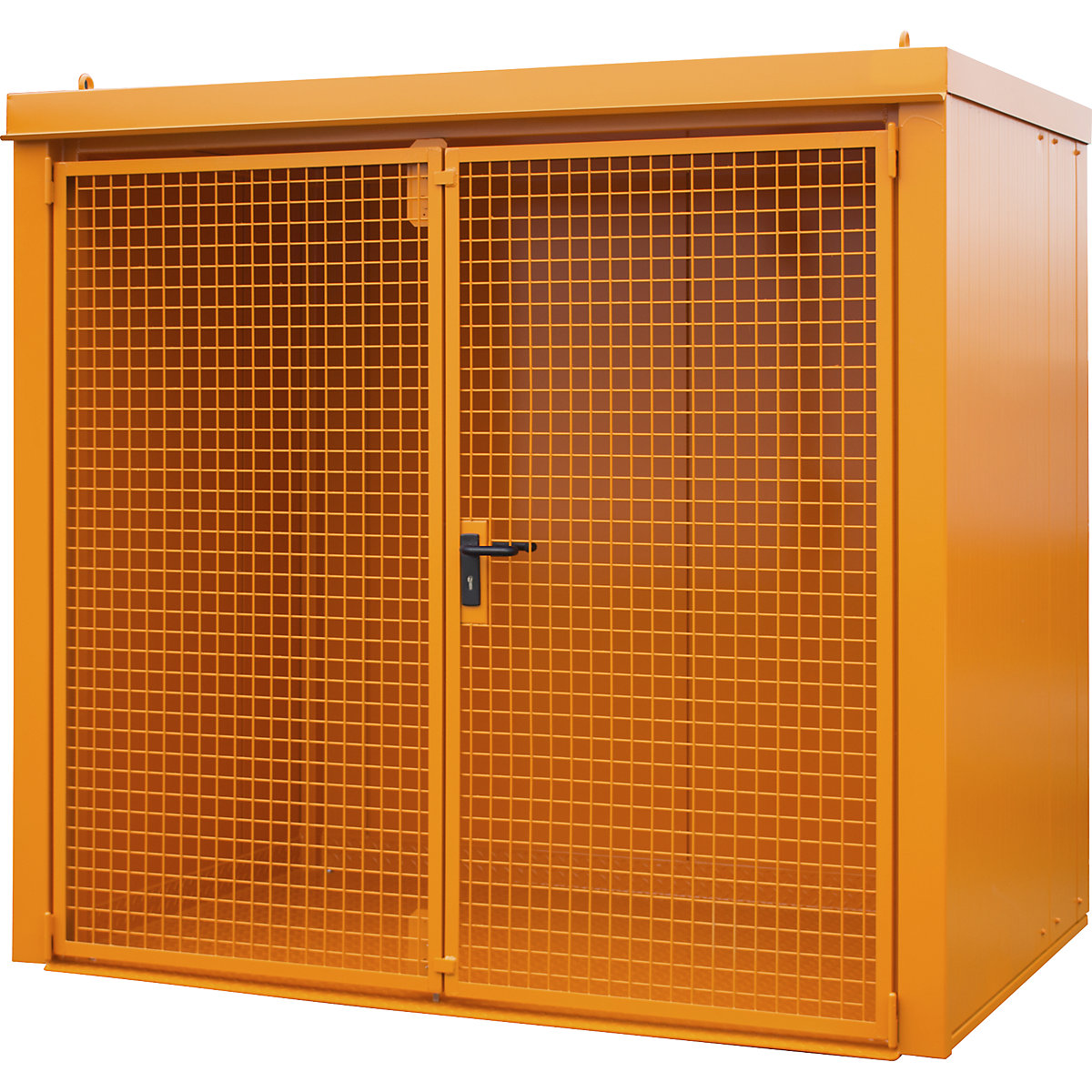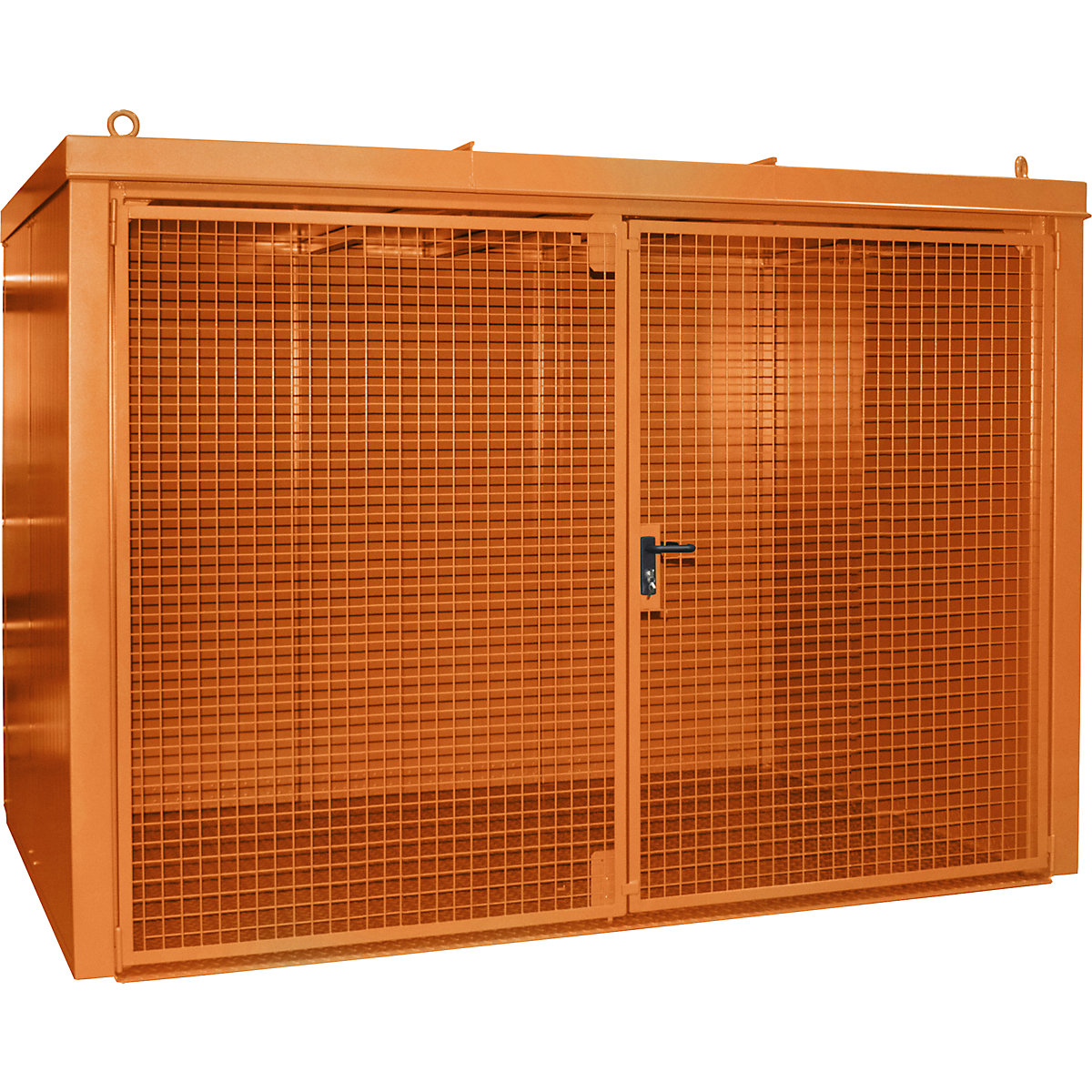Gas cylinder storage
High quality products for safe gas cylinder storage at the company: can’t you just store them anywhere in the way that best suits you? Unfortunately, things aren’t that simple. The range of safe storage solutions available, in contrast, is. You will find gas cylinder cupboards, gas cylinder containers and accessories for storing hazardous goods, along with further information on the subject, right here.
In the category Gas cylinder storage we offer you products of the following brands: eurokraft pro, eurokraft basic, asecos.
Storing gas cylinders: keep them in a gas cylinder cupboard and out of the danger zone
Invisible, weightless and highly reactive: when it comes to storing gas, gas cylinders are a good solution, but not an optimal one. This is why legislators and common sense call for further measures to ensure gas cylinders are stored safely.
How should gas cylinders be stored?
While storing gas cylinders upright, firmly closed and in a suitable storage location in the home is generally adequate, stricter rules apply to hazardous goods storage at work – because of the number of cylinders to be stored alone. TRGS 510 governs the rules that must be followed, and to start with, specifies three basic prerequisites:
- As pressurised gas containers, gas cylinders must undergo a rigorous risk assessment process.
- As soon as gas cylinders are kept in stock, this is considered storage and the strictest safety guidelines apply.
- Gas cylinders must be protected from heat, fire, mechanical damage, corrosion and theft.
The practical rules for the installation and use of gas cylinder cupboards or gas cylinder containers are highly detailed. In general, the following applies to the storage of gas cylinders:
- Access protection by using locks
- Labelling the storage area with warning signs
- Marking the protected area around the storage space
- Minimum safety distance from other sources of danger of 5 m
- If the gases are flammable, a fire extinguisher must be kept in the immediate vicinity
- For indoor storage, at least one door must lead directly outdoors
By principle, a distinction is made between the installation of gas cylinder storage equipment outdoors and installation indoors.
Indoor storage is considered an exception to the rule, as there are many requirements that the chosen storage location must fulfil. It is better to store gas cylinders outdoors in a gas cylinder cupboard, a gas cylinder container or a mesh cupboard. This is because this is where nature provides constant ventilation, which is so crucial to storage.
If your hazardous goods storage facility is not covered by a roof, then choose products with a roof of their own. When deciding on a product, pay attention not only to the number of gas cylinders that can be stored, but also to details such as whether there are holders to prevent them from falling over.
Where should gas cylinders not be stored?
- In stairwells
- In passageways or corridors
- In garages or workrooms (exception: keeping them ready for immediate use)
- On traffic routes or escape routes
- In rooms below ground level (there are exemptions if the strictest safety regulations are observed)
Why are gas cylinders not allowed to be stored horizontally?
The walls of gas cylinders are thinner than the base. The risk of mechanical damage would therefore increase if they were stored horizontally. However, it is even more important that gas cylinders are not placed flat, in particular when being removed from storage. Otherwise there is a risk of fire or explosion.
You can find out even more about safe storage in our Information on regulation compliant storage of hazardous materials. We can also tell you everything else in person – simply contact us now.










